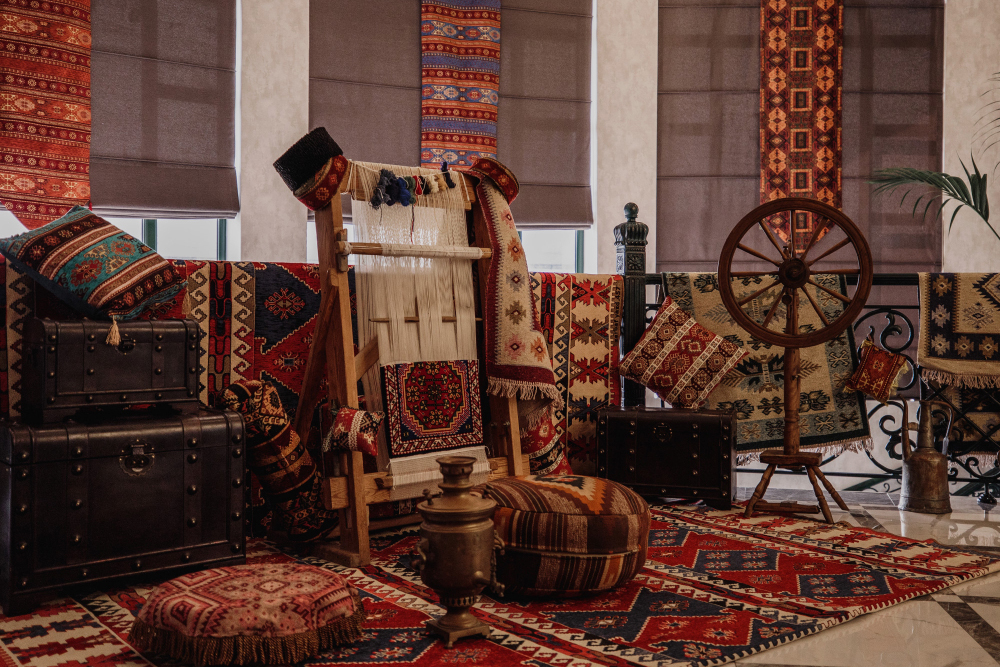The Evolution Of Rug Manufacturing

Rugs have been around for centuries, and their manufacturing process has evolved significantly throughout the years. From hand-woven to machine-made, it is interesting to explore the changes in techniques and materials used. Let us take a deeper look into the evolution of rug manufacturing.
The earliest known rugs were discovered in Siberia, dating back to the 5th century BC. These rugs were hand-woven, made from animal hair, and primarily used for insulation. Over time, designs began to emerge, and the demand for decorative rugs grew. Rugs were becoming more than just functional – they were works of art. Hand-knotted rugs became popular from the 8th century onwards and were usually made from wool or silk. The process was slow, taking days, weeks, or even months to complete.
As the demand for rugs started to increase, rug manufacturing began to evolve. The first power-looms were introduced in the late 18th century, allowing for faster production. The process was still labor-intensive, with workers operating the looms. The designs were also limited to repeating motifs due to the limitations of the machine.
In the early 20th century, the introduction of synthetic materials such as nylon and polypropylene transformed the rug industry. These materials were inexpensive and easy to produce, leading to the introduction of machine-made rugs. The quality of these rugs was initially not very high, but advancements in technology have made machine-made rugs better than ever before. They can now mimic the look of hand-knotted rugs while being more affordable and accessible.
The resurgence of interest in natural materials and sustainability has led to a renewed appreciation for hand-woven rugs. Handwoven rugs are still prized for their unique designs, intricacy, and longevity. They also support local artisans and help keep traditional techniques alive. Modern hand-woven rugs often incorporate natural materials such as wool, silk, jute, and cotton. They can be commissioned to specific sizes, colors, and designs, making them versatile and personalized.
Enzyme-washed rugs are the latest trend in rug manufacturing. These rugs are made from wool, and the washing process gives them a unique, distressed look. The enzyme wash removes the protective coating outer layer of the wool fibers, exposing the inner fibers and giving them a smoother, more organic texture. Enzyme-washed rugs are perfect for adding a comfortable and cozy feel to your living spaces.
Conclusion
The evolution of rug manufacturing has come a long way. From handwoven to machine-made, synthetic to natural, the options are endless. The most important thing to consider when purchasing a rug is your personal style and preferences. Whether you go for a modern machine-made rug or a traditional hand-woven piece, a rug can add texture, color, and warmth to any space. If you're looking for a rug store in Phoenix, AZ, contact Organic Looms today for more information and to make an appointment.